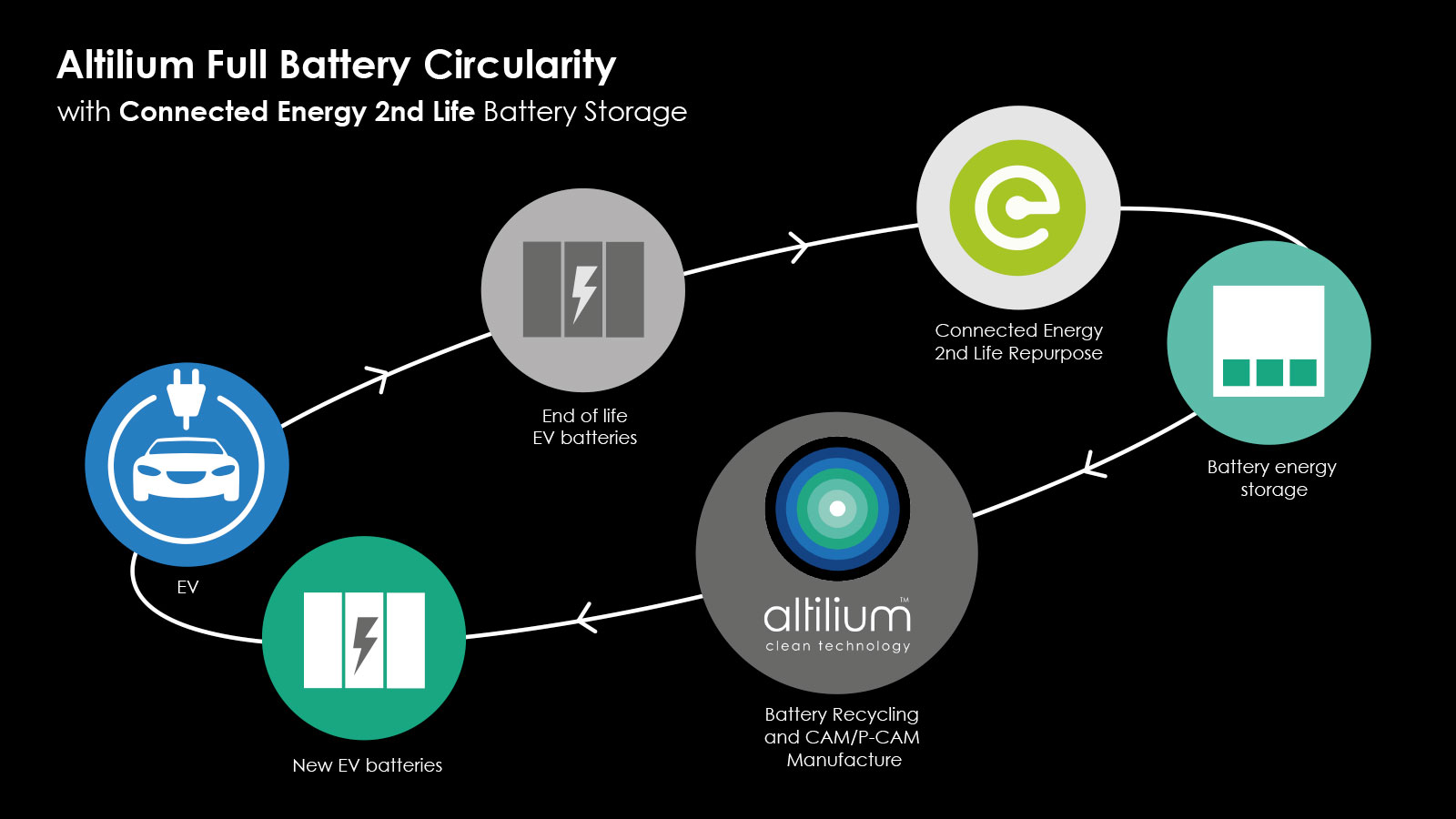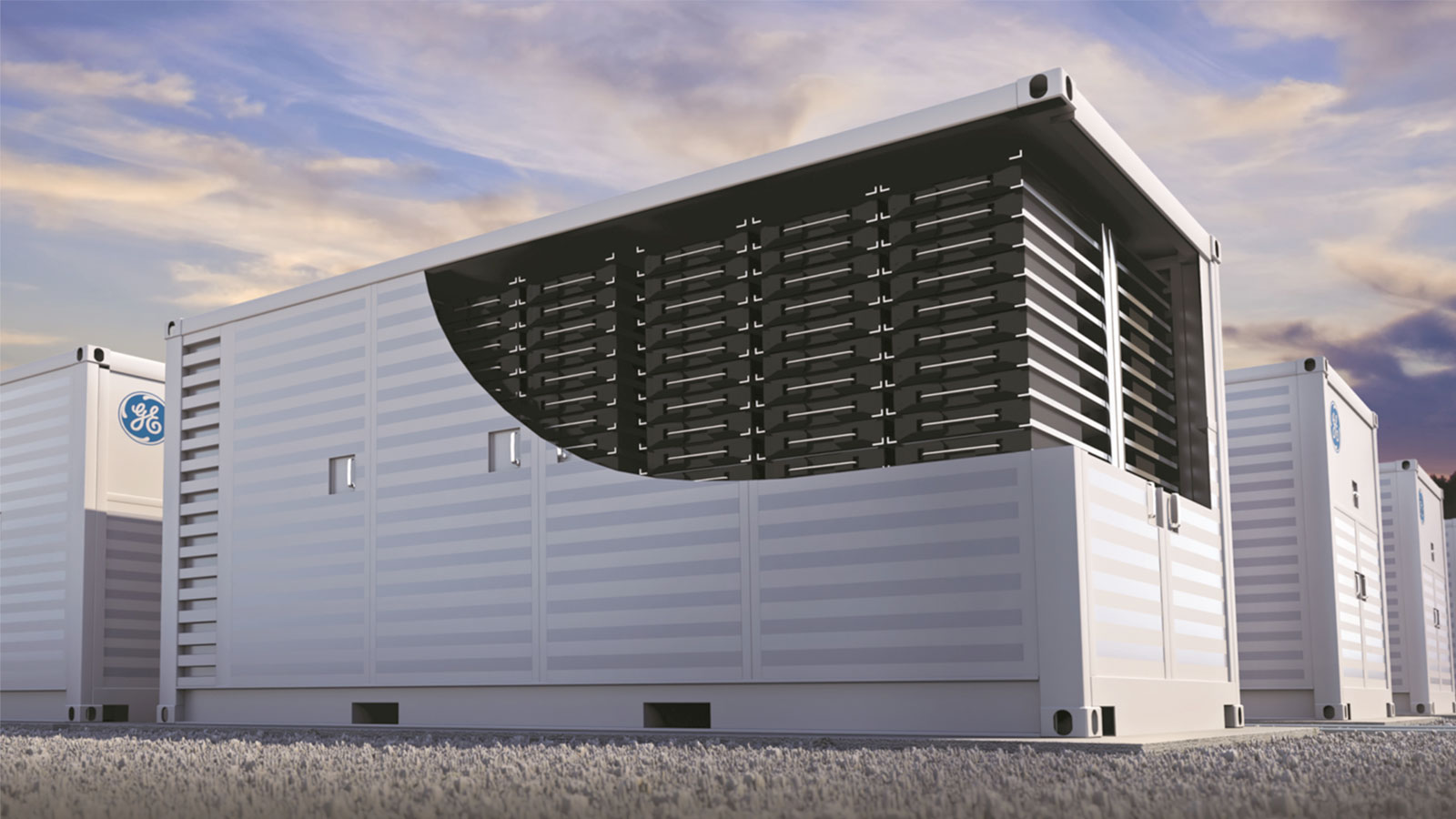Could the lagging investment in the energy grid be one of the greatest problems facing the UK’s infrastructure today? Suzanna Lashford from Vattenfall Networks shares her thoughts.
Once, Britain was a forerunner in electrical energy developments. London’s Holborn Viaduct power station, built circa 1882, was the world’s first and marked a revolutionary moment in the generation of electricity for public use. But in 2023, after decades of underinvestment into the electrical backbone that carries power to homes and businesses, things aren’t looking so bright. With electrical demand set to soar and the world aiming for net zero carbon emissions by 2050, the need for grid modernisation has never been greater.
A functioning grid is also the key for achieving the UK’s goal of a carbon neutral electricity system by 2035. Renewable energy is central to this aim, and enormous wind farms are being built off the coast of Scotland and in the North Sea. However, some of these initiatives are being told they will only be able to access a grid connection to the mainland in 2034 due to underfunded services and large connection backlogs. This is just one of the examples of connection delays and capacity constraints that may rein in the UK’s energy transformation.
The current state of the grid
In January this year, the National Grid introduced its ‘demand flexibility’ service where households and businesses are paid to reduce their electricity consumption during ‘peak’ times when the electricity grid is under the most demand. Despite the positives of offsetting household energy bill prices, this initiative shows the extent to which the grid is struggling to cope with the electric use already required – let alone future renewable projects.
Indeed, during the extreme cold snap of January the National Grid instructed three coal-fired units to be ready as a backup if the grid failed. These plants were due to be permanently closed in September 2022 as part of the environmental goal to phase out coal in the UK, and yet the current unreliability of our grid means they are still being depended upon, further endangering the UK’s net zero ambitions.
But demand for clean power won’t slow down just because our grid isn’t equipped to handle it: the electrification revolution has just begun. In fact, demand for electricity is expected to double, or possibly triple, by 2050; partly being driven by uptake of electric vehicles, with the UK having committed to end the sale of all new petrol and diesel cars and vans by 2030. In addition, the UK’s Ten Point Plan for a green industrial revolution targets the installation of 600,0000 heats pumps per year by 2028, which rely heavily on electricity. Bloomberg NEF predicts that heat pumps could add 14 TWh to electricity demand by 2030 – a 5% increase in electricity demand in seven years.
Energy security – macro and micro
Recent shifts in energy geopolitics have also highlighted the fragility of our energy markets, sending fuel prices soaring and bringing our national energy security into sharp focus. If the UK is to maintain secure supplies of (hopefully clean) electricity, significant reinforcements and upgrades will be required throughout the transmission and distribution networks, as will businesses’ own private wire networks.
At a local electrical distribution level the process for requesting and pricing grid reinforcements via District Network Operators (DNOs) is set to change in April 2023. The result of this is that grid connections will be far cheaper for the applicant as the grid reinforcement costs won’t be borne by the developer but socialised across the DNO’s network costs. While this is good for the customer, the inevitable backlog in demands for new grid connections will place unprecedented demand on the DNOs, resulting in bottlenecks and further delays.
Alternative solutions
By partnering with an Independent Distribution Network Operator (IDNO), businesses have an alternative route to connect to the electricity grid. IDNOs contribute to the costs of network upgrades by investing their own funds and can reserve grid capacity for free on behalf of their clients. By forging a relationship with an IDNO energy partner, clients are supported along the energy transition process. IDNOs can take control of difficulties and work with the local DNOs on their client’s behalf, helping client’s map out the smoothest and most time-effective energy transition.
Private Wire Networks are another fundamental aspect that business owners need to consider when mapping out their electric transition. Being privately owned, their maintenance and upgrade requirements are the remit of UK businesses, and most will need significant upgrades to keep up with new power demands. For those concerned about the responsibility of upgrading ageing infrastructure or lacking the required funds, there are new models for energy infrastructure management, such as Power-as-a-Service, which can provide capital funding for upgrades, renewable energy systems, and energy efficiency improvements, as well as removing the risks associated with the ongoing maintenance and operation of complex private wire networks.
The challenges facing the UK grid are far reaching, yet seldom spoken about. In order to guarantee energy security, there needs to be a significant push to fill this investment gap and modernise this outdated and overstretched system. By failing to do so, we risk leaving our emission targets in jeopardy, and leaving the UK in the dark.






